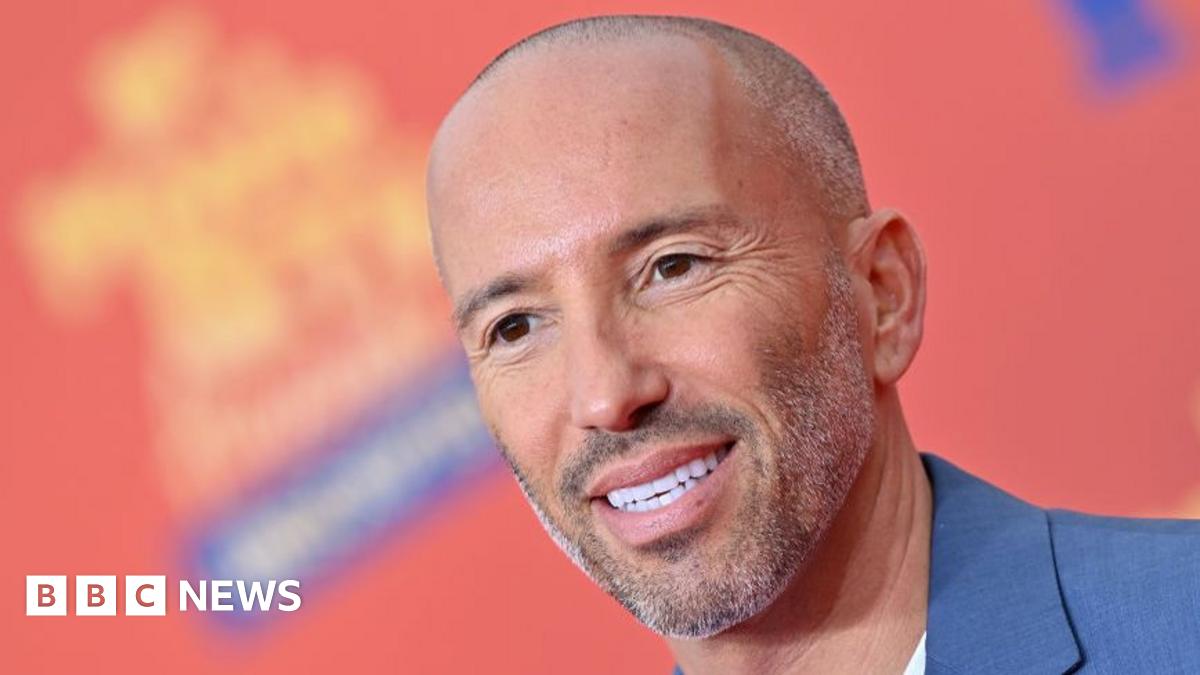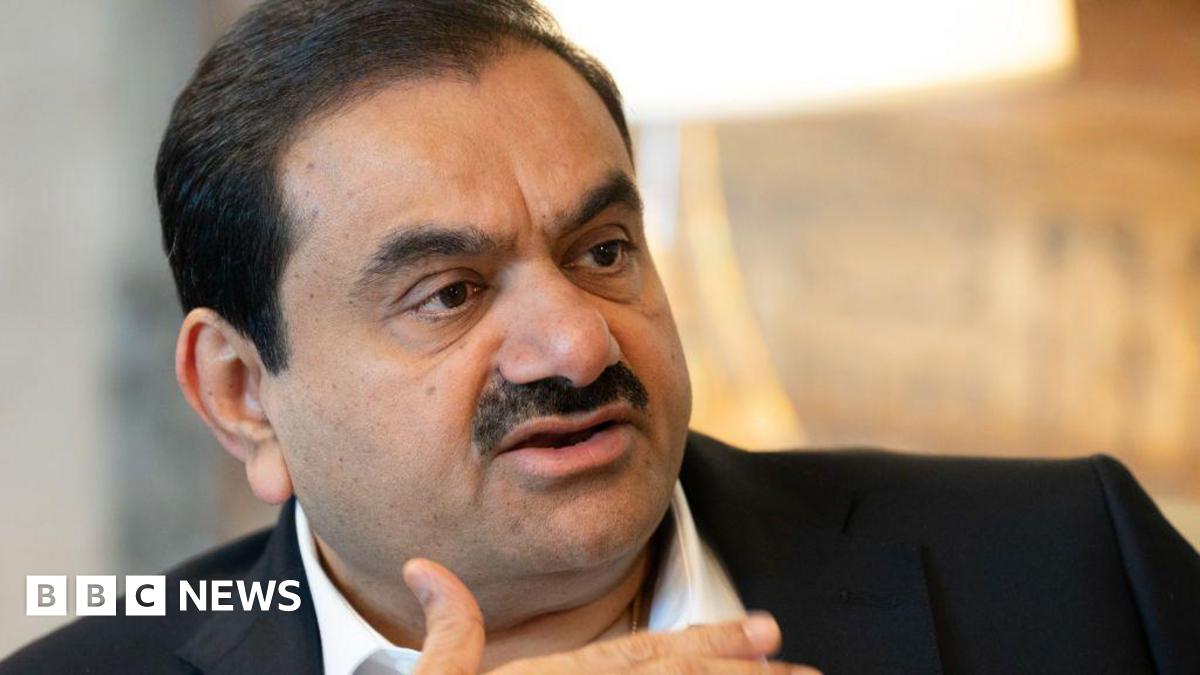Unlock the Editor’s Digest for free
Roula Khalaf, Editor of the FT, selects her favourite stories in this weekly newsletter.
An experienced boat captain whose ship was anchored close to Mike Lynch’s superyacht when it sank in a violent storm off the coast of Sicily on Monday has said the stricken vessel appeared to capsize because of its extremely high mast.
“In my opinion there is something wrong with the stability,” Dutch skipper Karsten Börner told the FT about the sinking of the 540-tonne Bayesian, which caused the deaths of the UK technology entrepreneur and six others, including Lynch’s daughter.
“The centre of gravity is too high with this extreme mast,” said Börner, referring to the tallest aluminium boat mast in the world.
He rejected an initial assessment by the Italian coastguard that Bayesian was “in the wrong spot at the wrong time”. He said: “I was on the same spot. I have two masts and they are 28 and 29 metres above deck, she has one, 73 metres above deck.”
From his own boat, Börner witnessed the loss of Bayesian in the ferocious storm before rescuing 15 survivors from the Lynch family’s yacht.
He said the wind was “violent, very violent” and guessed it reached force 12 on the Beaufort scale — hurricane strength. “It was tonnes of water coming down. I never saw that before, there was a water tornado,” he added.
Börner, 69, who has 41 years of industry experience, said the survivors he rescued told him that Bayesian sank in less than two minutes.
Closed-circuit TV footage from the shore shows the yacht, its mast lit up, heeling over in the wind before the image is obscured by rain and the lights disappear.
Börner, who has seen the footage, believes it shows Bayesian capsizing in a matter of seconds.
Giovanni Costantino, chief executive of the Italian Sea Group, which owns the yacht’s builder, Perini Navi, previously told the FT that Bayesian “was designed to be absolutely stable” and carry its ultra-tall mast.
He suggested the yacht’s crew had not followed the proper safety procedures. ISG declined to comment on Börner’s conclusions.
Bayesian skipper James Cutfield has not so far commented publicly on the disaster, though he has been interviewed by investigators.
Börner said Bayesian’s crew told him they had “closed the ship”, contradicting ISG’s suggestion that hatches on the yacht had been left open.
He also said that Cutfield, who was among the 15 survivors rescued by Börner’s boat before dawn on Monday, “was completely involved in the rescue”.
Cutfield stayed in Börner’s boat to continue the search for survivors and then transferred to the coastguard.
Sir Robert Baden Powell, the yacht captained by Börner, was anchored close to Bayesian, in what should have been a relatively sheltered anchorage off Porticello, when the storm hit.

During the storm, Börner tried to keep his ship in position, starting the engine and keeping his bow into the wind.
Bayesian — with which he repeatedly looked to avoid a possible collision during the storm — was behind them. “[They] did the same, I guess,” Börner said.
At one point, Börner’s passengers alerted him to what they thought was “a structure above the water” close to them.
Borner said he turned and, during a flash of lightning, saw a large triangle. “I think they saw the ship capsize and when I turned around I saw the bow, then it went down,” he added.
A public prosecutor investigating the sinking of Bayesian is probing the potential offence of “negligent shipwreck”, according to an Italian official.
If the British-registered boat, designed by Ron Holland and built in 2008, did capsize, one factor may have been the so-called lifting keel.
According to ISG, when the yacht’s keel is raised to allow it to enter shallow anchorages or harbours, Bayesian can withstand an inclination of up to 73 degrees without capsizing.
When the keel is lowered — the safer position — she can tilt by up to 88 degrees, a nearly flat position with the mast on the water. It is not yet known if the keel was up or down.
Börner said he had noticed the impact of global warming on Mediterranean weather in recent years.
“Now we have Medicanes — hurricanes in the Mediterranean — it’s a new thing,” he said, adding he started noticing an intensifying trend of Mediterranean storms in the past five to 10 years.
Credit: Source link











